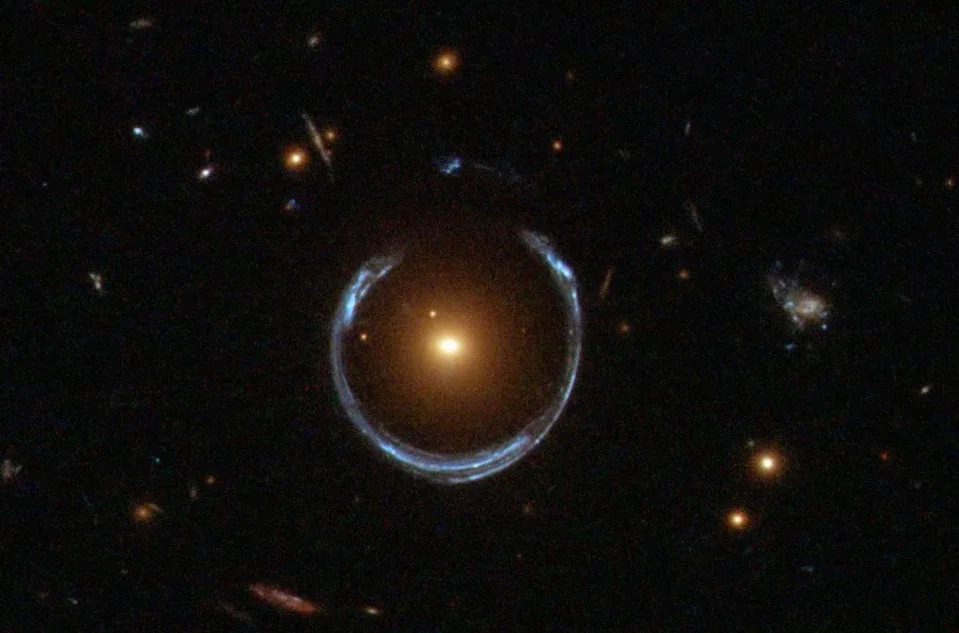
A study using data from telescopes on Earth and in the sky resolves a problem plaguing astronomers working in the infrared and could help make better observations of the composition of the universe with the James Webb Space Telescope and other instruments. The work is published April 20 in Nature Astronomy.
“We’re trying to measure the composition of gases inside galaxies,” said Yuguang Chen, a postdoctoral researcher working with Professor Tucker Jones in the Department of Physics and Astronomy at the University of California, Davis.
Most elements other than hydrogen, helium and lithium are produced inside stars, so the composition and distribution of heavier elements — especially the ratio of oxygen to hydrogen — can help astronomers understand how many and what kinds of stars are being formed in a distant object.
Astronomers use two methods to measure oxygen in a galaxy, but unfortunately, they give different results. One common method, collisionally excited lines, gives a strong signal, but the results are thought to be sensitive to temperature changes, Chen said. A second method uses a different set of lines, called recombination lines, which are fainter but not thought to be affected by temperature.
The recombination line method consistently produces measurements about double those from collisionally excited lines. Scientists attribute the discrepancy to temperature fluctuations in gas clouds, but this has not been directly proven, Chen said.
Chen, Jones and colleagues used optical and infrared astronomy to measure oxygen abundance in dwarf galaxy Markarian 71, about 11 million light years from Earth. They used archived data from the recently retired SOFIA flying telescope and the retired Herschel Space Observatory, as well as making observations with telescopes at the W.M. Keck Observatory in Mauna Kea, Hawaii.
SOFIA (Stratospheric Observatory For Infrared Astronomy) was a telescope mounted in a Boeing 747 aircraft. By flying at 38,000 to 45,000 feet, the aircraft could get above 99% of the water vapor in Earth’s atmosphere, which effectively blocks infrared light from deep space from reaching ground level. A joint project of NASA and the German space agency, SOFIA made its last operational flight in September 2022 and is now headed for a museum display in Tucson.
The Herschel Space Observatory, named after astronomers William and Caroline Herschel, was an infrared space telescope operated by the European Space Agency. It was active from 2009 to 2013.
A surprising result
With data from these instruments, Chen and Jones examined oxygen abundance in Markarian 71 while correcting for temperature fluctuations. They found that the result from collisionally excited infrared lines was still 50% less than that from the recombination line method, even after eliminating the effect of temperature.
“This result is very surprising to us,” Chen said. There is no consensus on an explanation for the discrepancy, he said. The team plans to look at additional objects to figure out what properties of galaxies correlate with this variation, Chen said.
One of the goals of the James Webb Space Telescope, launched in 2022, is to make infrared observations of the composition of distant galaxies in the first billion years of the universe. The new results provide a framework for making these measurements with the JWST and the Atacama Large Millimeter Array in Chile.
https://theconversation.com/new-look-at-einstein-rings-around-distant-galaxies-just-got-us-closer-to-solving-the-dark-matter-debate-204109







Recent Comments